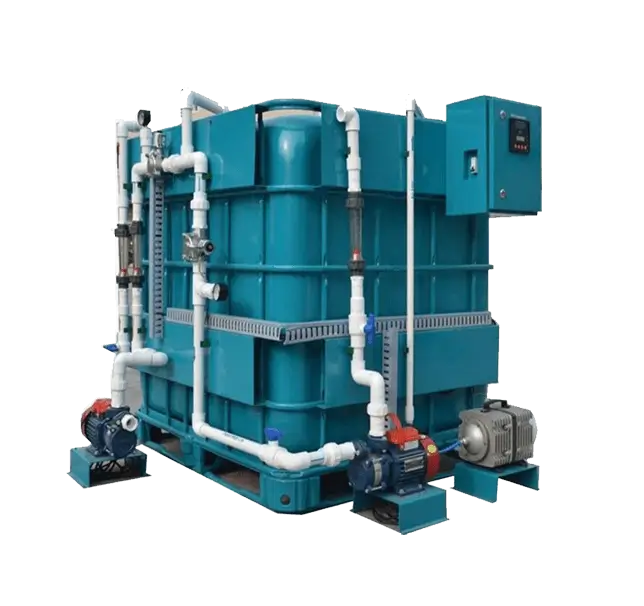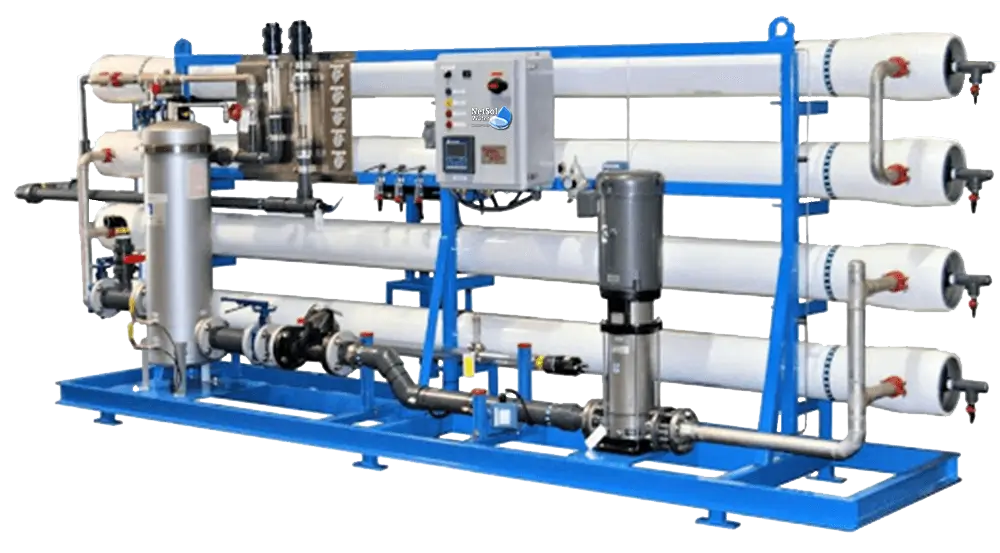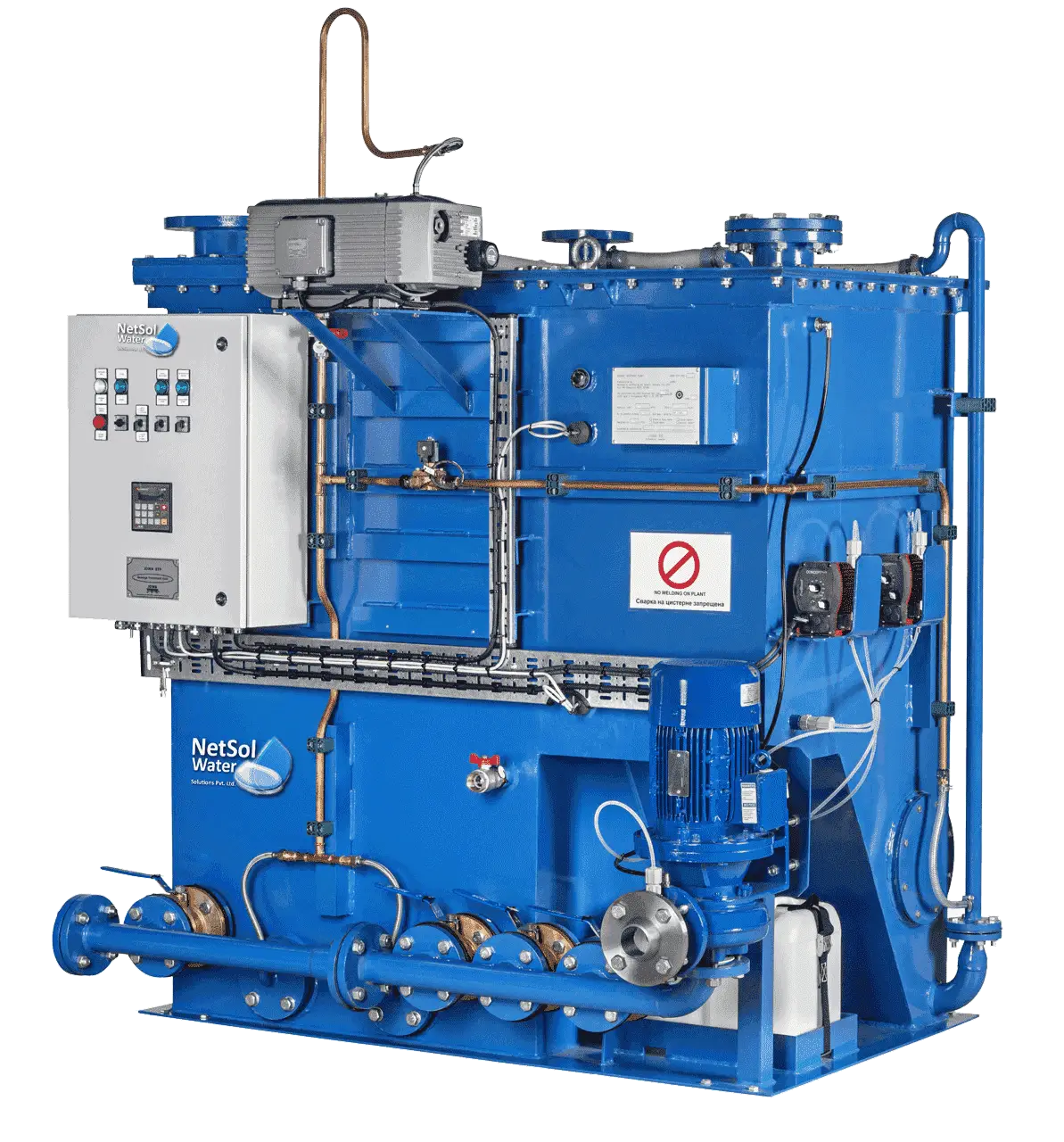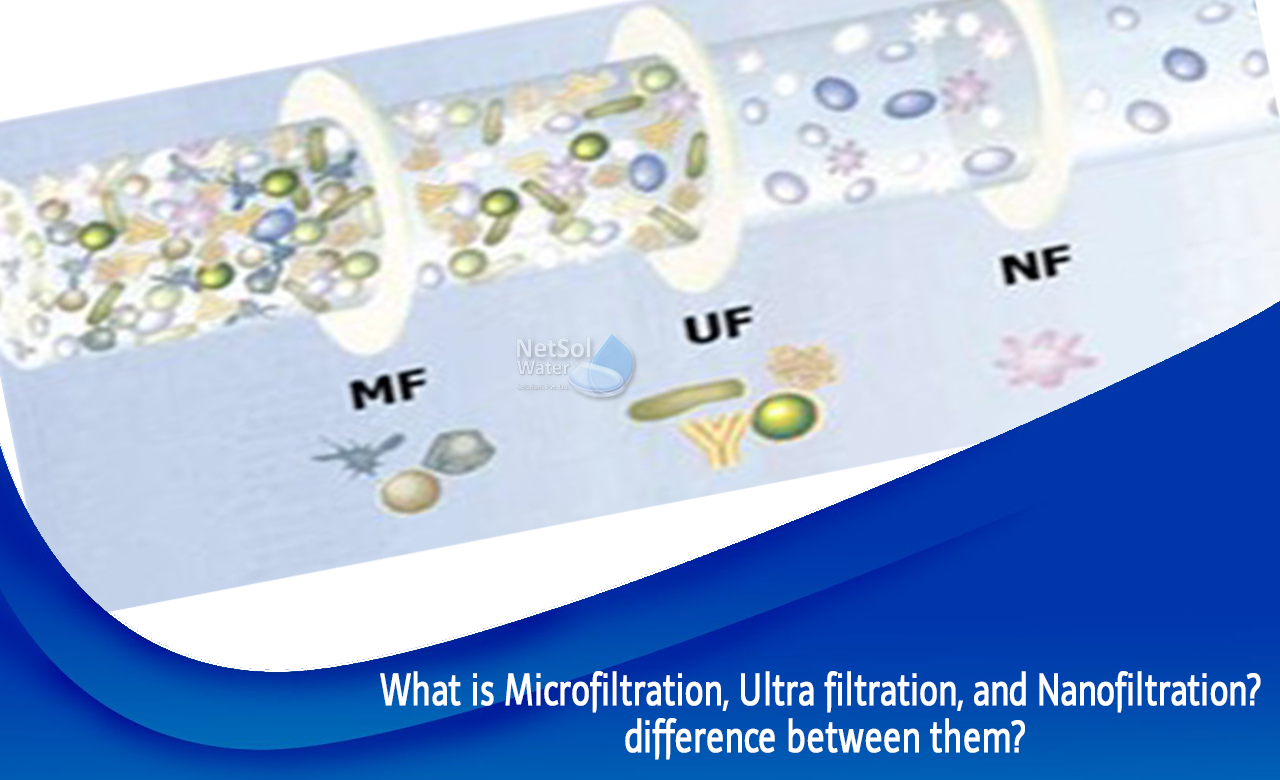- For Enquiry- 0120-2350053 || +91 9650608473 || +91 9650795306
- enquiry@netsolwater.com




This article attempts to discuss the concept and differences of Microfiltration, Ultrafiltration, and Nanofiltration.
It is the process of removing suspended and other solid particles in the water through the membrane. It is used in complementation with other separation processes like Ultrafiltration and reverses osmosis. The only microfiltration can remove the bacteria and other suspended solids.
Ultrafiltration is the process which along with the microfiltration, removes the additional viruses. It requires a slightly higher pressure than MF to achieve this. It works similarly to that of microfiltration. It passes through a membrane that is too large to fit through the pore sizes.
Nanofiltration works on the same principle as reverse osmosis. It helps in the removal of ions such as chlorides, sodium, etc. The membranes used in nanofiltration are slightly different from reverse osmosis and are also known as soft membranes.
The three filtration processes are very similar to each other. They remove the impurities based on the elements and their use in industry. Apart from this, the pore size of the membranes is also different from each other. This is a significant difference, i.e., the size of the semi-permeable membrane.
Depending on the water issue, these filtration processes may be used to treat and clean water from time to time.
If you have any doubts, please feel free to reach us. Contact us to discuss your requirements. We can be reached at 9650608473, or feel free to leave your query at enquiry@netsolwater.com.

